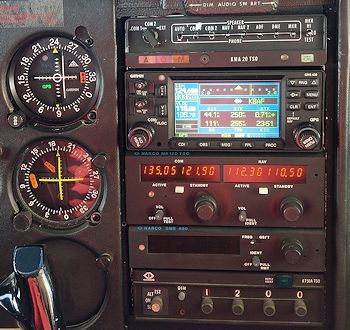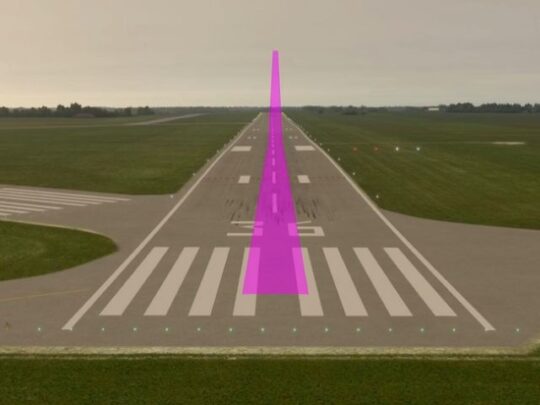Subscriber question:
"I’m looking at buying a share of an airplane I plan to use for my instrument rating. It has a Garmin 430 that has not been upgraded to WAAS. What’s the difference between WAAS and non-WAAS, and can I do my instrument training without WAAS?" - Peter W.
Jeff:
 “There are really three parts to the answer: What’s the technical difference, what’s the practical difference, and why do you care?
“There are really three parts to the answer: What’s the technical difference, what’s the practical difference, and why do you care?
Technically, a non-WAAS GPS relies solely on the transmissions from the GPS satellites for its position. For any given spot on earth, the accuracy of that position varies from day to day but is usually within 30 meters or less. WAAS is one form of Differential GPS, which means the GPS receiver uses the satellites and then applies a correction appropriate for that calculated location. These corrections are continuously updated by ground stations and relayed through the GPS system. That correction might increase accuracy 10 fold, so the location is accurate to within 3 meters.
Practically speaking, 30 meters of accuracy is more than enough to fly from Airport A to Airport B even in the clouds. It’s accurate enough for a non-precision GPS approach. So if your non-WAAS GPS is certified for IFR to the approach level—and a Garmin 430 is—you can use it for IFR and for training. That’s presuming it’s installed correctly and up-to-date. However, you will miss out on some of the best features GPS has to offer.
An IFR approved WAAS GPS is required for vertical approach guidance. That could be simple advisory vertical guidance or LPV approaches that guide you to within 200 feet of the ground more reliably than a typical ILS approach. WAAS GPS gives you more options with planning alternate airports. The Garmin 430W (the WAAS version of your unit) has five times the refresh rate of the non-WAAS 430, so it responds more quickly. It has a more sophisticated terrain warning system that can predict where you’re moving in three dimensions. And it can be used as the position source for ADS-B out if the airplane isn’t already ADS-B equipped. Newer GPS navigators, like the Garmin GTN series or Avidyne iFD series offer options for curved approaches and more.
Which brings us to the why do you care question. If it was my airplane and my training, I’d want WAAS GPS so I learned the complete IFR system, rather than only direct-to navigation and non-precision GPS approaches.”
Which type of GPS is installed in the airplane you fly?

